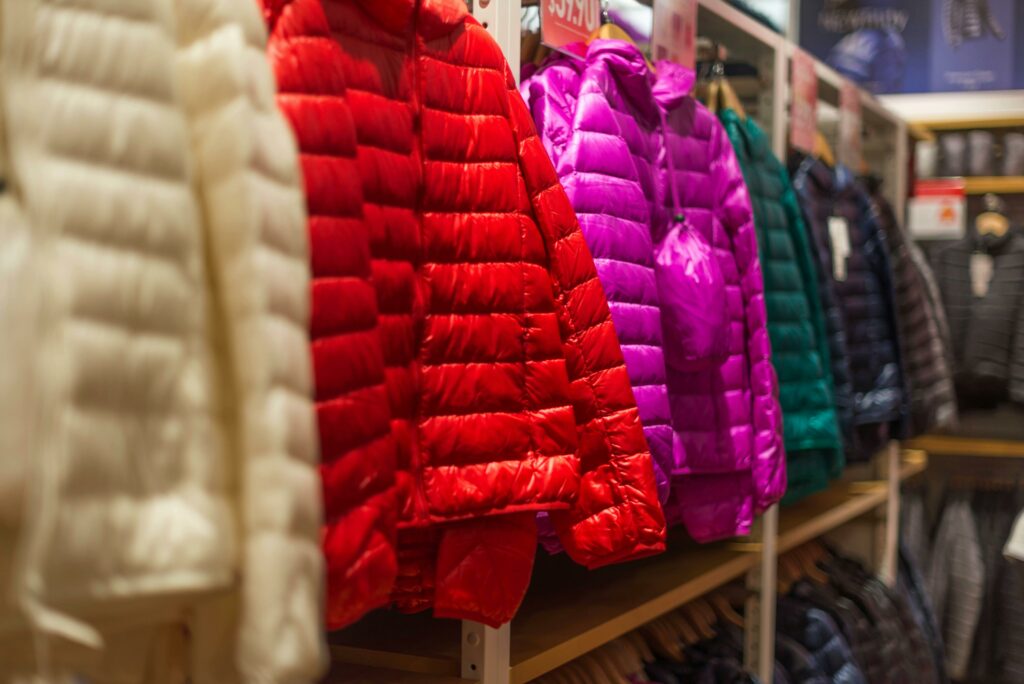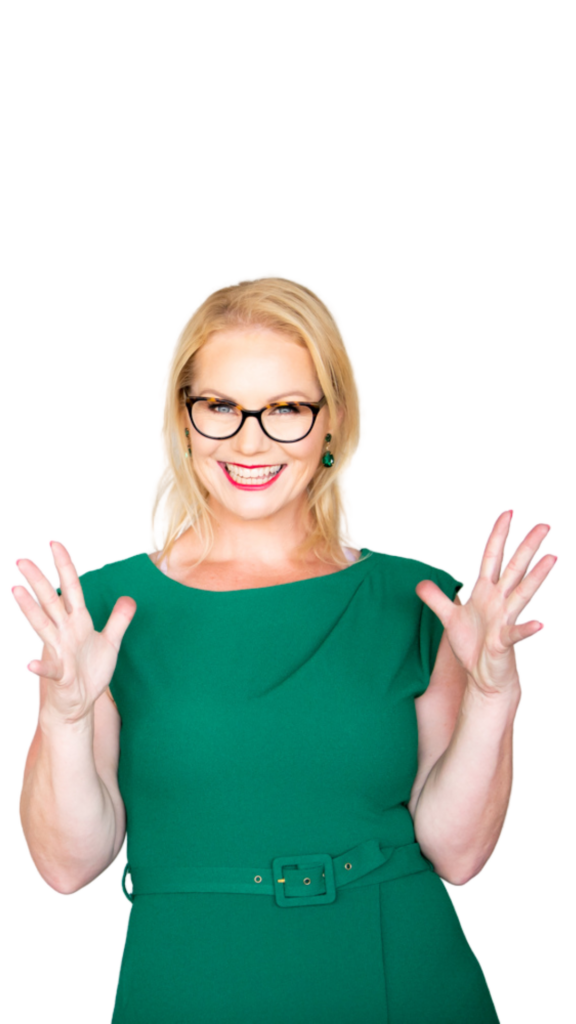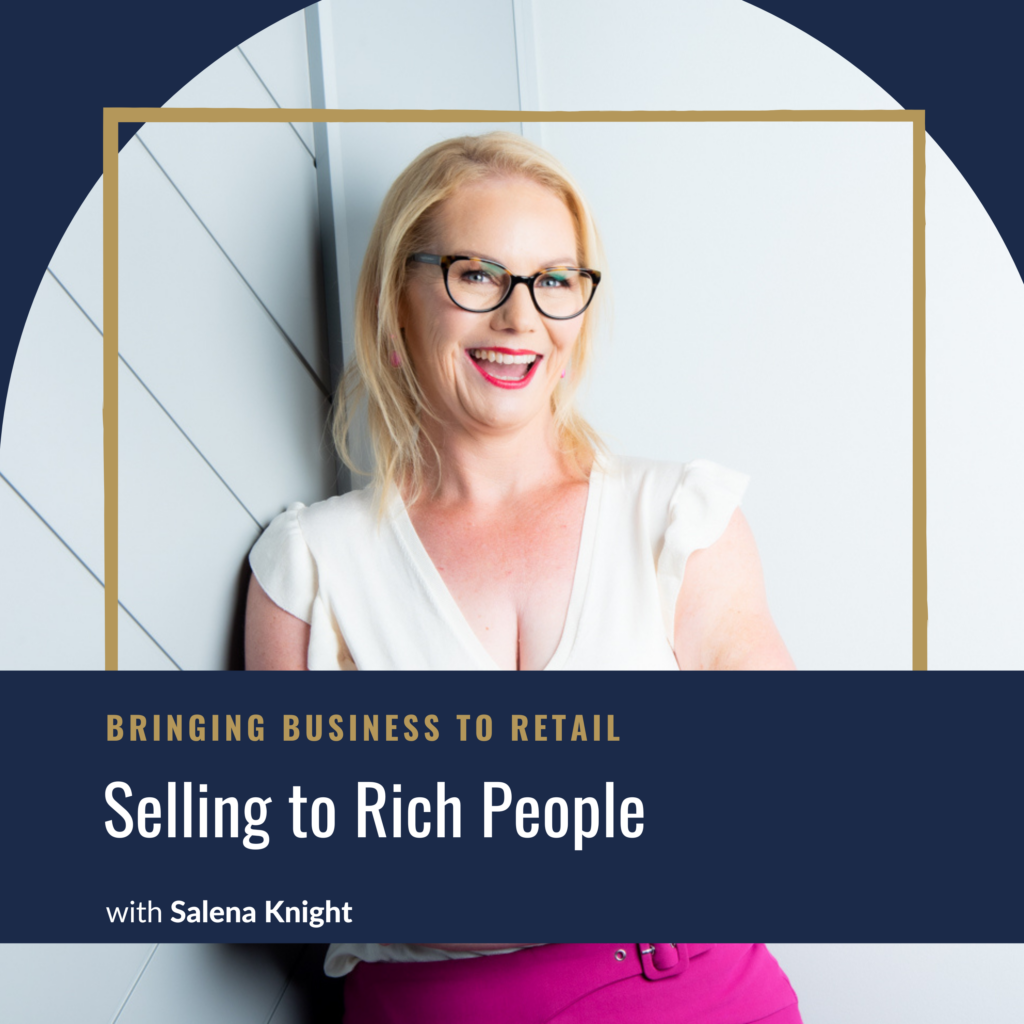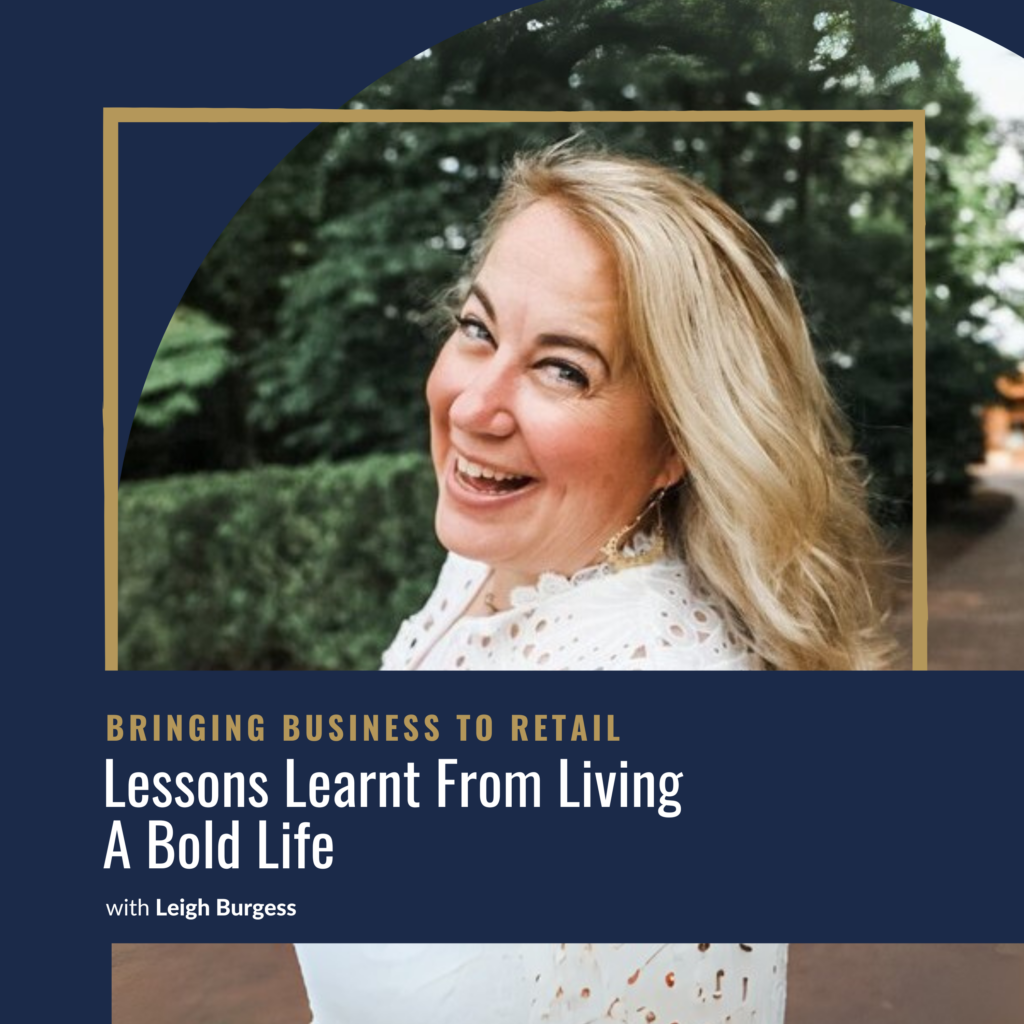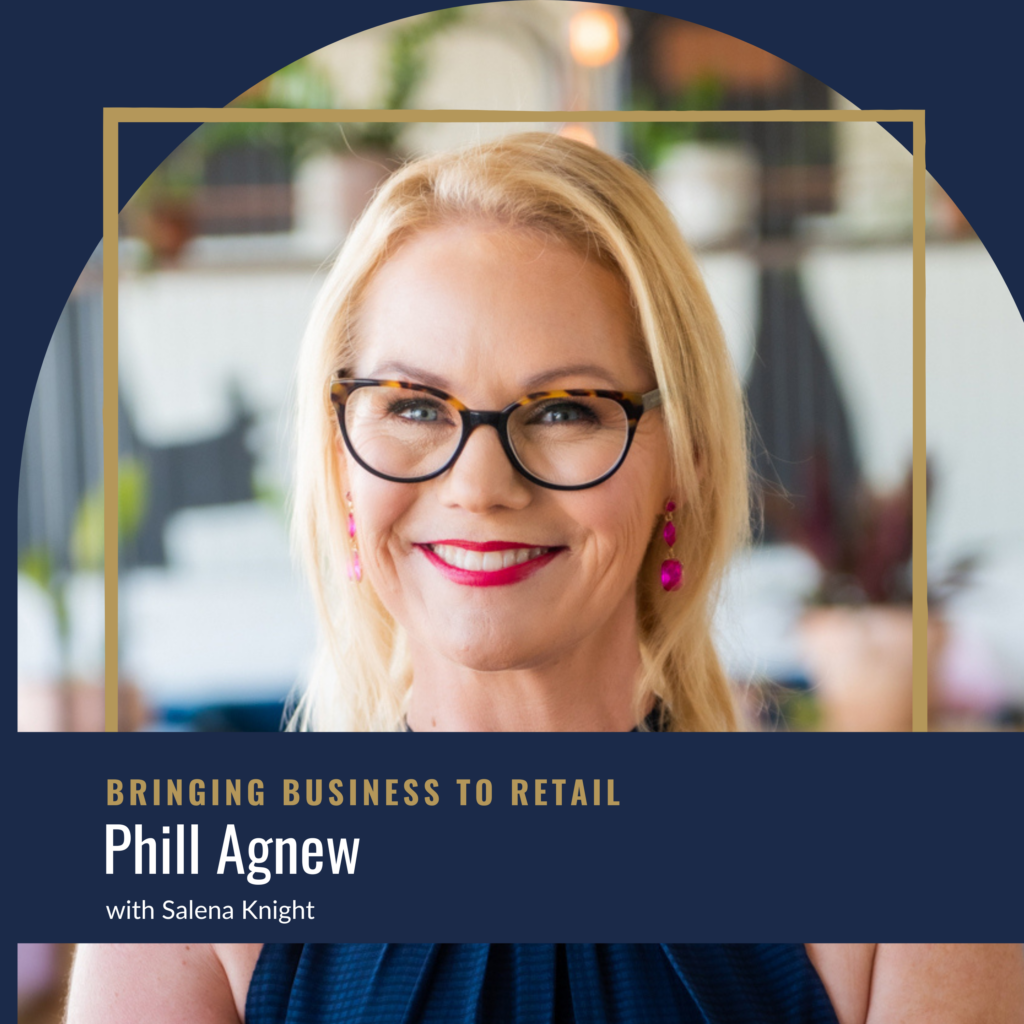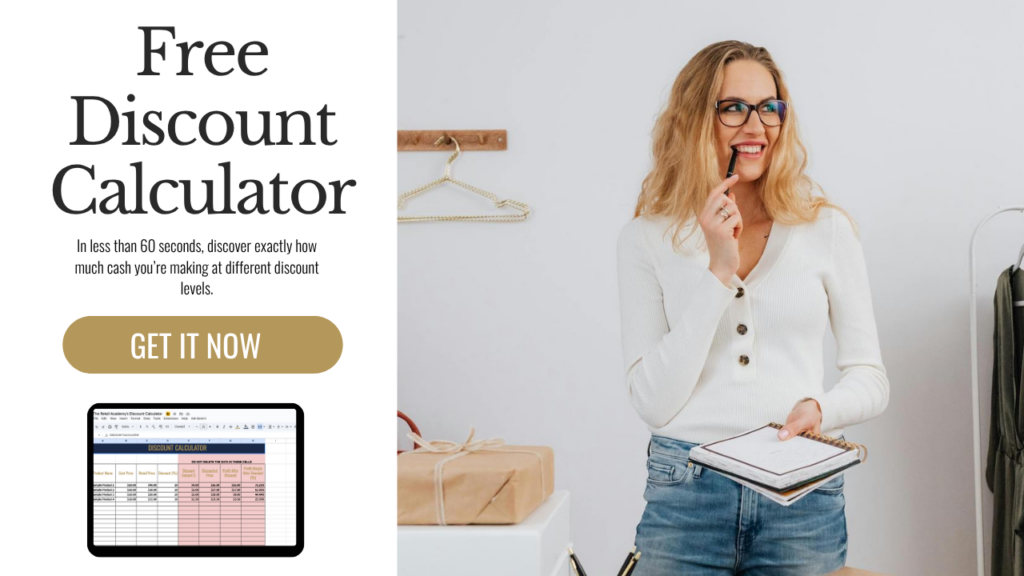
- I’ll reveal how one of our retailers completely changed their game by gamifying their entire sale process.
- How Big brands have perfected the customer experience and you can use their makret research to implement what works. Find out what Rolex is doing behind closed doors 9and you can too) to build unshakeable loyalty.
- And if ads aren’t working for you, get ready to boost profits without more spend. A simple tweak could save you thousands each month. This isn’t your average podcast it’s a masterclass on marketing like a pro even in tough times. Walk away with FOUR impactful ideas you can start using today.
Moving house, outbid at auction, more time to prepare for sale. 0:02
Personalized marketing recommendations for businesses. 2:23
Personalized marketing and customer experience. 6:50
Personalized customer service and targeted ads for small businesses. 10:53
Abandoned carts and interactive experiences in e-commerce. 16:50
Gamification and loyalty programs in marketing. 21:39
Marketing strategies for independent retailers during economic downturns. 27:25
LISTEN NOW on The Bringing Business To Retail Podcast
Salena Knight 0:02
Hey there, and welcome to the bringing business to retail podcast. If you're looking to get more sales, more customers, master your marketing, and ultimately take control of your retail or E commerce business, then you're in the right place. I'm Celina Knight, a retail growth strategist and multi award winning store owner whose superpower is uncovering exactly what your business requires. To move to the next level. I'll provide you with the strategies, the tools and the insight you need to scale your store. All you need to do is take action, ready to get started?
Salena Knight 0:52
Hey there, and welcome to today's episode of The bringing business to retail podcast. Now, if you've been following along for a while, you know that we have been thinking about moving our house, we have been wanting to move closer to the beach and downsize into baby a townhouse or an apartment. Yes, I feel like I have gotten old. But more importantly, it's just that these days, I don't value having to go out and do the gardening and things like that I want to be able to spend my time enjoying myself more. And we've done a lot to our house and built a lot of equity. And we thought we had found the perfect place back in January, I think this year to the point where we had literally all three of us had moved in my husband and my daughter and I we had mentally moved in my daughter even went and enrolled in ballet classes just down the road from this house that how confident we were that we were going to get this house. It's interesting because the whole time the agent even after the day of the auction agent was like, it's just you, there's no one else being and then another person turned up and eventually outbid us. So I mean, the upside of that is we've had a lot more time to be able to get our house ready for sale, because you can't just do it in a couple of weeks. Trust me, when we thought we were selling in six weeks, we literally busted our guts to try and get everything done. And months later, it's still not all done. And obviously, the more finished your houses like the more the better it looks, the more you're going to get when you come to sell. So right now, I have over three, three and a half $1,000 worth of products sitting in various shopping carts, for deals that end. Today, I have dining chairs, which I've not actually seen as probably the reason that I haven't actually press the go button is because when I sent the link to the page of the dining chairs through to my husband, he picked two very, very different chairs to the chairs that I had picked out. And if you have ever bought dining chairs, you will know they are not cheap. I mean, heck, how can you spend this much money, but at the moment, they are buy one, get one free. And you better believe that if I can get six chairs for the price of three, I will be making that decision today. The other things I've got are some clothes that I've been interested in. But again, they were really expensive, because people would think maybe they weren't expensive. They were more than I was prepared to pay. And this is something we talk a lot about on this podcast is value. And for somebody else that might have been really cheap. But I don't really value the brand. It's kind of that kind of slightly more expensive, fast fashion, I would much rather invest my money in stuff that I can wear 10 years later, as long as it's still in style. And I have beautiful wrap dresses in my wardrobe kind of that Diane Von Furstenberg type style, which never goes out of fashion. And I've paid $300 for them. And I was actually at a conference not long ago. And they had snippets from the conference, like from five years ago, and I was wearing the same dress, which was very embarrassing. But needless to say, there are things that I feel that you should invest in and things that you that I feel you don't invest in, just like your customers is make or break time for me to hand over, you know, type in my credit card details by this evening. So why am I even telling you this? Because right now, just like me, just like you, probably your customers are considering every purchase. Now I'm quite prepared to spend $1,500 for a set of chairs. But $3,000 Maybe not so much. And this is not a podcast about discounting. In fact, it's the complete opposite. And it might surprise you to know that in the last three months, we have actually doubled our marketing budget. Yep, times are tougher. But we are spending more on marketing. And I'm going to put this out there and say if marketing is the one thing that you have cut from your business, as the economy contracts, hopefully by the under this podcast, you will rethink that because this is the one time when you should be spending more. And you should be going into your marketing with a very strategic plan. And with very clear outcomes that you want to achieve very clear ROI and very clear goals. So in today's podcasts, I want to go share with you some places that maybe you haven't really been focusing on that I think you are going to get the most bang for your time, money and energy when it comes to your marketing spend. It The first one is personalized recommendations. And so here's the thing, if you are still sending out email blasts, it is time to stop, it is time to stop and reassess, you have to be segmenting your email list, you have to be offering what your customers want, at different times in their customer journey. Right now, just like go during COVID and the whole economy, the whole economic cycle, you have to be adjusting the offers that you're sending out to match what your customers want, when it comes to personalizing your recommendations, a few things you can do that are really quite simple. And they might even be within the systems and processes that you have now, but maybe you're not leveraging them. And so leveraging your customer data and purchase history is, I think, hands down, the easiest way for you to increase your sales, to build customer engagement. And to make sure your emails get opened, oh my gosh, this is why I recommend CLEVEO all the time. Because you can use the browsing and buying behavior of your customers to tailor their marketing. If someone always purchases like let's just say I would generally always purchase women's wear. And so if you're sending me menswear, or if you're sending me furniture, then the chances that if I get those too often the chances that I actually open your emails are going to fall away. I know the north face does this really, really well. In fact, a lot of those sort of sporting goods, you know, Patagonia, those sorts of places do this really, really well. So
Salena Knight 7:18
I think it's Patagonia. And maybe it's the north face, maybe it's both, they will have a story because I'm always interested in reading the stories. And again, that is probably personalized as well, because they know that I click through and read the stories, and then it will have women's wear. And then right down the bottom if I scroll down, it might have some men's stuff. And some accessories probably because I've bought some stuff for AED and accessories I will buy when I need them. And so that's I feel like that's like a PS just in case kind of messaging inside of emails. So when you personalize and I'm a staunch believer of personalizing your VIPs, right through to the people who always purchase in sales, because you need both of those people. You need the people who like buying at a discount just as much as you need the people who like buying full price. Why? Because where else are you going to get rid of that stock and make sure it keeps moving. If you have already got your customers there, and you can give them a discount or a bargain or an offer, get that stuff go on, keep them engaged the right from the let's call it the top of the food chain, right down through those bargain basement savvy shoppers. You need all of those people, but they want different offers. The person who buys something brand new, the minute it comes out is not the same person who's buying stuff from two years ago. That's not what they value when you actually do this personalized recommendations. And I'm specifically talking about email marketing here. But but I'll give you another example in a minute. Because ones just come to mind when you do this because emails free right. Once you pay for your email service provider, you can generally send a lot of emails before you have to pay to move to the next level. When you deliver those emails into an inbox, the more people who open it, the higher the click through rate, the more your emails are going to be delivered. And Newsflash, if you haven't already realized your emails do not go through to every single customer, yet, they're going to end up in spam, they're going to end up in promotions. But the higher we call it deliverability. The higher you can get people through to click through and click, click Open. And then click through to the things you've got in your emails, the higher your deliverability score is going to be and you will start getting more and more people to see your emails. And that is just putting a strategy in place that doesn't cost any more money, generally speaking. So putting a strategy in place and looking at the customer journey looking at what people are wanting, who are those people who were spending and where are they spending at in their customer journey. But you can take this one step further and bring it in store And as I was just talking, it reminded me of some substance, some Summit, some seminars that I had been to about this install interaction and personalizing the shopping experience. And it absolutely blew my mind. And I don't really know why because actually, it seems very, very obvious. But Rolex do this really, really well, the whole Rolex customer experience is completely optimized for the customer. So for example, if you need to get your watch serviced, wait, which they will have notified you, because that is part of their customer experience, they will notify you to let you know, it's time to get your Rolex serviced, and you can bring it into one of their Rolex doors, and you'll have it serviced, you'll have it valet and it'll all be looking fantastic. But to do that, you have to book a session in place to book an appointment, to be able to go in and do this. And so what happens is, before you turn up at the store, they already have on an iPad, ready to greet you a picture generally of you. So the greeter knows who you are, what you've purchased in the past, all the Rolex is that you own the kinds of services that you like, right down through to the types and styles of watches that you want. When you arrive to get your watch service, you're greeted by name, your walkthrough to the desk, you're showing what is newly available, that would be its hand curated selection for you to have a look at while they go through and hook you in and do all that kind of stuff. So when you're looking at personalizing the customer experience, always look at what big brands do, what a big brands like Rolex, who, when you say you have exceptional customer service, Can you honestly say that you can compare yourself to that, because if you are, that's awesome. But looking at what big brands do, and do well, and then distilling that down into a way that you can put this in place in your business. Now, you might not be in a position to be able to have that book an appointment just to come into our store. But maybe you can book in styling sessions, maybe someone could come and get personalized style advice will get home wares advice, if they bring in pictures of their home, or they bring in plans or if you have the experience, then you should be leveraging that experience because people will pay more for that. So then it doesn't become about trying to compete with everybody else who's online. It's Oh, no, but I'm going to that store. Because when I go there, I get this personalized service. So if you truly believe that you have exceptional customer service, then what does that look like compared to the big brands? Because what you're saying is we do this better than you. So looking at what big brands do well, and distilling that down in a way that you can as best put into your business, but conversely, looking at what they don't do well, what are the things that they're terrible at? Yeah, generally, it's something like we'll get back to you in three weeks. Well, Peck you and I both know that you can do better than that. So what are they doing well, that you can put into your business. But then what are they not doing well, that you can exploit and leverage because that will become your person, your point of difference? So when it comes to personalized recommendations, looking at the systems that you already have, and seeing, can they do this for you? Or just going in asking, like if you have an E commerce email marketer that's working for you ask them, Are there any other parts of the program that you're not leveraging? Sometimes, the people who work for us haven't thought bigger, they haven't thought outside the box, they're just doing the thing that you ask them to do. So it's kind of up to you to say, look, this is what I want to achieve. Is this something that we can do or say that we have or something that we can use to be able to achieve that. So the next thing I want you to think about when it comes to getting big bang for your marketing efforts is targeted ads. And when I say targeted ads, I don't mean picking women over 40 who like Target. That's not what I'm talking about. I'm talking about hyper targeted ads, because when you are hyper targeted, you will get a reduced ad spend with a reduced cost per click or reduce customer acquisition cost and my favorite things to do are looking at remarketing so remarketing to your existing customer. So only creating offers for your existing customers because let's be honest, that's going to be this many people. And so if you're competing against the big brand who wants all women over 40 who shop at Target and your Just remarketing to people who've been to your website or people who've bought from you before, whose ad spend is going to be higher, not yours, whose chances of a conversion are going to be higher. Yours. Does that make sense? Because these are customers you already know and like and trust you and have done business with you before or have been to your website and know that you exist. So you don't have to get over the first hurdle, which is getting people to know that you exist, building that connection, you've already gone past that. So leverage that. The other thing is armor. Gosh, please, please, please, if you're running ads run dynamic product ads, because when I was looking for the dining chairs that are currently in my car, I clicked through on an ad is something that a big business didn't do well, I click through on the ad. And it didn't take me to the dining chair that was in the ad, it just took me to the homepage of their website, it didn't even take me to the dining check category. It just took me to the homepage. And I'll be honest, when you are doing scrolling on the internet, sometimes by the time you click through, I know it's a split second. But sometimes by the time you click through and you go to the website, you forgotten what you were there for? Yeah, it happens, trust me. In the meantime, one of the kids is scream, something's dropped on the floor. Tech, you just weren't really paying attention. And so if you are running ads, dynamic product ads, that is where you show me a specific dining chair. And when I click it, I go to that specific dining chair, do not make it harder for me to buy. Now, you might go one step back and just say dining chairs, in which case you would send me to the category page. But don't send me to your homepage, because there's a good chance that I will just click straight out of there because I've forgotten what I either came for, or you just made it too hard. And the other one would be abandoned carts. Yes. If you are not leveraging abandoned cart, then you are leaving money on the table. Because the stats I found said about 70% percent of people abandoned carts. But I'm going to go and say what I am seeing from the clients that we work with the retail and ecommerce stores is that number is up at about 80% at the moment. And I honestly think that is because people are window shopping, people are putting things in their cart to make them feel better without having to spend money, whole psychological neuro thing getting the dopamine going. Or they're putting things in their cart in the hopes that there will be a sale or an offer that comes their way. In my case, I put it in the cart, because still thinking about which one of those chairs I want to buy considering I won't be able to see them. I'm I can't get to a store before the sale ends. And it's an actually at the point where it's like, well, I like two of them do I just buy 12 chairs, six of one and six of the other, as long as I know that I can return them if I don't like them in real time. So they're sitting in my cart, so we don't forget. But strangely enough, this is a big brand. They have not sent me a reminder to say that those things are in my cart. And the sale ends today at an I O mind blowing How does a big retailer, a multi store retailer who has an email marketing team, how have they not sent me an abandoned cart email, because I have $3,000 worth of three $3,000 worth of stuff sitting in there. It's the same with the clothes that I have in the cart, I haven't received a reminder about those either. Again, big, big, big chain. So you something as simple as doing this is an easy way for you to make more money and to increase the customer experience and remind people that they might want this thing because I want those things. But I'm here recording a podcast and then I'm gonna go for a walk. And when I come home, I might have a cup of tea and then boom tomorrow, and I forgotten about it. So step say around 70% of people abandoned carts, I'm gonna say at the moment, I think that number is up as high as about 80%. And if you can just call back 10% of those people from some automated emails or from some retargeted ads. Why wouldn't you do that? Because all it's going to happen is you're going to end up with more sales, and you're going to spend a lot less in marketing. Alright, the next thing I want you to think about is interactive experiences. What do I mean by that? Well, one of the big retailers he came up has just brought in AI where you can see furniture in your room. So you pick the furniture and you shine your phone at wherever you want the chair or the piece of furniture to be and it superimposes that in there. So it gives you a bit of an idea of whether it suits your style, whether it's the right size, all that kind of stuff. And once upon a time this was only in the realms of enterprise customers. But these days Nice stuff to do this is dirt cheap, we're talking, just put an ad on onto your website and boom, yes, there's some work that can go on in the background. But realistically, would you be better off spending your marketing money doing something like that to create an interactive experience, maybe it is a trial where the person can try on the virtually try on the outfit outfit, is that something that you would be better off spending your marketing on, rather than potentially paid ads, because you need to tell people that you have this. But if you are spending money and not getting a result, interactive experiences can be one of these really great ways to get people to buy. And on top of that, to reduce your return rate, I love AI, there's so many AI programs out there for less than $100 a month that are going to allow you to do things, especially in the fashion area to do things like virtual trials and see furniture in the room. But you can you can expand this out. Think about things like product demonstrations, you can do those in store, you can do those on a Facebook Live, you can stream them from your store, if you've got that at workshops, like oh, my gosh, workshops for us in our stores used to be one of the best ways to get more customers. For very limited marketing, it was a lot of word of mouth. And you'll find if you're doing a workshop, your customers will just share this with their friends. And all of a sudden, you've got all these people showing up for a workshop or an event that you've barely had to market. So giving customers the opportunity to get hands on with a product is always great. But interactive means lots of things to different people. And for me, what I'm seeing a lot more of is gamification, so gamification in app or on website, and, you know, we all used to have the little spinning wheel where customers could come in and spin and they got 10% off, you know, that whole sumo
Salena Knight 21:59
plugin. But now brands are getting more and more sophisticated. So I know that here in Australia, Teemu was sort of pulled into line because they were gamifying, the app experience and I hadn't seen it, I went to the website, and I couldn't really see it. But on the app, it was, it was like gambling, it was literally from Spin the wheel, get the coins, all the points dropping down. And then if you go to this page, and you buy this thing, you'll get double the amount of boy, it was actually very confusing. Because what it did was it brought up some things that my daughter had placed in her cart. And I was like, Oh, well, we'll get those things. But they didn't qualify for coins. But if I bought for things that qualified for more coins, and it was all about the coins, but I was very, very confused, because I had no idea what the coins were even getting me. And so that is the bad version of gamification. We gamified our course experience inside some of our courses, and what we found was our engagement rate went up dramatically to about 95% 95% of people were clicking on the buttons to get the points to be able to unlock bonuses, and these were cool. They were no coins. It was just basically if you did the work, you got the points and the points unlocked new content for you some bonuses, all that kind of stuff. And so thinking about how do you gamify and I'm not going to give this one away, but one of our 5x clients just gamified the whole sale experience. So she had a like a once a year sale and gamified it not gonna give that one away, because I want her to tell you all about that one, these immersive experiences, drive sales. But what they do even more than that, is they foster that deep connection with that between your customer and your brand. They're going to remember, that's the store that exe that's the store, I went to that workshop, that's the store where I went to the website, and I spun the wheel and got the thing that's the store that when I called they knew exactly what I had ordered and they organized merger. That kind of stuff is the thing that brings you back customers. So where are you when you're spending your marketing dollars, think a little bit outside the box. It doesn't just have to be paid at. That brings me to my last suggestion when it comes to where to spend your marketing money so you can get some results. And I am seeing a lot within our own retail and e commerce Store owners inside of our programs but also in a lot of Facebook groups, people prioritizing stores prioritizing loyalty programs, but here's the thing. They're taking off the shelf programs, which trade dollars for dollars. And so what happens is your profits go down. And I'm not about sending profits down. I am about getting profits up. And so I don't want you To market at the expense of profits. And so when you're looking at a loyalty program, you have to build a loyalty program that your customers value. Because when you just make it dollars off, what that does is encourage what I call free people, those people who will just take whatever is free, they'll always be the bargain basement hunters, they're not brand loyal, they are just out there trying to find the cheapest thing, or the biggest amount of quantity over quality. And when you have those people, then what ends up happening is your customer lifetime value goes down, your average order value goes down, the profits all go down. But if you build out a loyalty program that your customers value and want, it does the opposite. What it does is reduces your customer acquisition costs, and it reduces the amount of time between purchases reduces your churn. So you it's like a double win if you can build a loyalty program that your customers want that isn't based off of dollars. So things like incentivizing repeat purchases, rather than amount, how many times they purchase, reward the customers who are loyal rather than the free people, the people who are coming in and will never buy from you again, and you just gave them free shipping or $10 off? Why is that fair. And I totally appreciate that we give something to get something. But if you haven't structured your offers to meet your best customers with where they're at, it's just going to end up costing you money. So you want to be able to reward those loyal customers for their continued support, offer perks, yes, discounts for some items, but have said sit down and work out what that looks like. And it's not necessarily about doing a losing profit, it's maybe is going to a supplier and saying, hey, I want to be able to do a gift with purchase from my 20 best customers, if they buy your latest thing, can you give me something? This is how deals are done. Right? We got to ask got to ask they can always say no. So reward your members, and encourage your customers to join your programs, but make the programs a win win. So when it comes to loyalty programs, don't offer dollars for dollars dollars off for dollars spent. Because I don't believe that builds customer loyalty. Maybe it does for you, but at the expense of your profit. And I want customers who will come back and shop with me because they value the business rather than just a discount. And I still to this day, my go to for rewards loyalty programs is Princess Polly and sung goop. They do a grant app to screen one they do a fantastic loyalty program as well. And their loyalty programs are built with things like meet the makers and meet designers and you're getting access to these people. And it might just be like a meet the maker where you get to come on to a virtual meet the maker, masterclass, things like that. If you're taking the easy way out and just getting an off the shelf program, which is someone spends $100 And they get $10 off. How is that fostering your customer engagement and fostering your profitability and customer loyalty or brand loyalty. Instead, should you maybe be investing some of that marketing money that you've got put aside to building out a slightly more customized or much more customized loyalty platform that will actually get your customers to stay. So just recapping those four ways that you could be four places that you could be spending your marketing time, money and effort. And getting in my in my opinion, a much better return is those personalized recommendations, targeted ads that aren't all about conversions. At the end of the day, if you're trying to just get someone to buy what you're selling, and not looking at the customer journey and the customer funnel conversions are expensive. I will tell you that now conversions are expensive. And quite often they rely on repeat buys for you to be profitable. So looking at those targeted ads, things like remarketing abandoned carts, interactive experiences and gamification inside of your business, both online and in store. And also loyalty programs that aren't just dollars off. Oh my gosh, that just that one. If you haven't worked out I'm pretty passionate about. So the one thing that I would avoid doing when the economy contracts and I've been through this before I've been through the GFC which went for years. The one thing I would say is cutting back your marketing budget is the complete opposite of what you should be doing. But the strange thing is it is probably what your competitors are doing. And so if you're spending more money while they're contracting, you get a bigger piece of the pie. You get more of those customers you have this opportunity to bring those customers in To store and keep them because when times are good and customers are spending like they did in COVID, you don't need to spend as much money to get the same amount of sales. We all know that during COVID, you could just pop on Instagram, and people would give you money, not so much anymore. But when everyone is fighting for this pool of customers dollars, and those discretionary dollars, you have to be in the game, to be able to get the sales. Hopefully today's episode has given you some insight into what I believe are the best places for you to spend your marketing dollars to get the results that you want. Thank you so much for joining me here on the podcast today. I can't say can't tell you how grateful I am for giving me this opportunity to be in your ears and in your brain and in your space to be able to share these strategies. And I would love it if you could let me know which one of these you implement and the results that you get. Alrighty, thanks, guys. So that's a wrap. I'd love to hear what insight you've gotten from this episode, and how you're going to put it into action. If you're a social kind of person, follow me at the Selenite and make sure to leave a comment and let me know. And if this episode made you think a little bit differently, or gave you some inspiration, or perhaps gave you the kick that you needed to take action. Then please take a couple of minutes to leave me a review on your platform of choice. Because the more reviews the show gets, the more independent retail and E commerce stores just like yours, that we can help to scale. And when that happens, it's a win for you. A win for your community, and a win for your customers. I'll see you on the next episode.
Share this episode
Watch The Video


